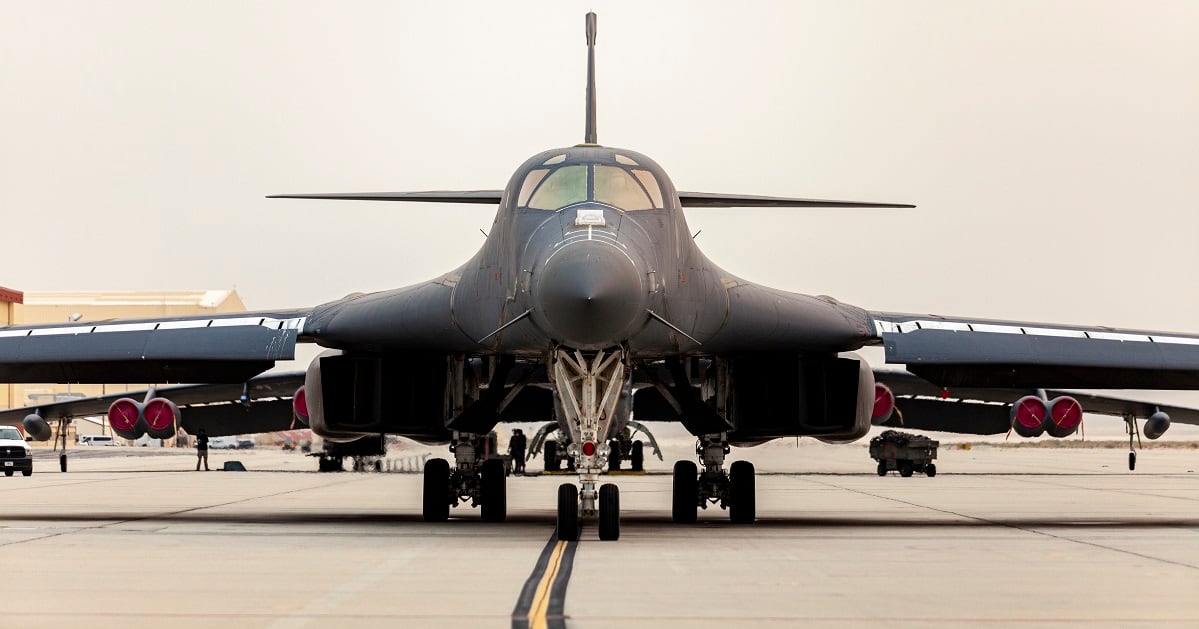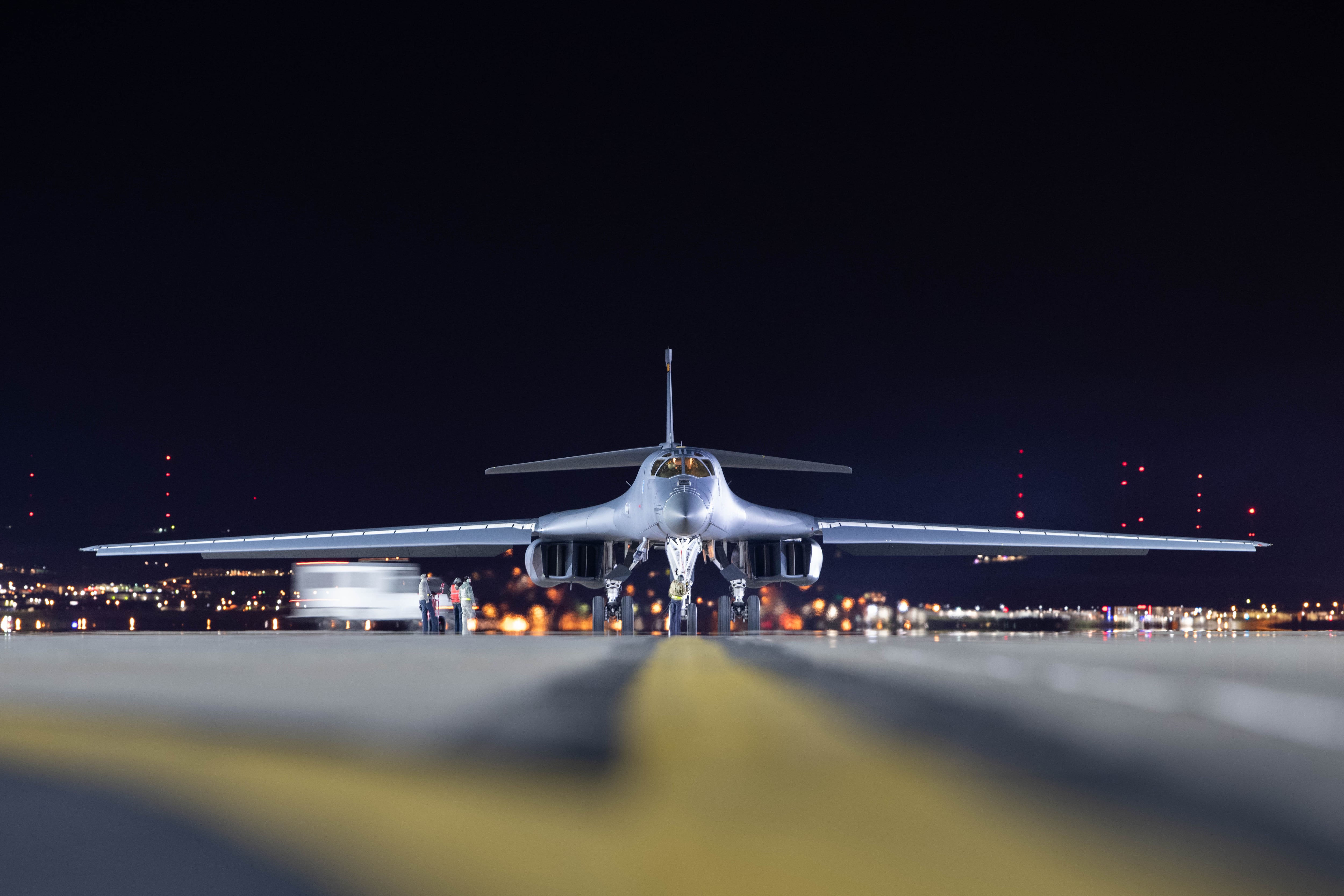Ellsworth Air Force Base in South Dakota has halted B-1 Lancer flights for at least two weeks as investigators begin probing what downed one of the bombers in a nonfatal crash last week.
Regular flying operations in the B-1 at Ellsworth stopped Jan. 5, the day after the accident, and are slated to remain grounded until Jan. 19, according to a Federal Aviation Administration flight notice. The base, which features a single runway, may extend that downtime as needed.
RELATED

A base spokesperson declined to answer Tuesday whether Ellsworth is inspecting the jets for potential defects during the pause.
Dyess AFB in Texas has continued flying its own B-1s following the crash, Air Force Global Strike Command said Tuesday. The command manages the service’s long-range bomber fleets.
The downed aircraft was one of two B-1 Lancers participating in a local training mission Jan. 4. While the lead aircraft landed safely at Ellsworth, the second crashed on approach around 5:50 p.m. local time, the Air Force said. The National Weather Service reported low visibility and freezing conditions at the time of the accident.
Firefighters quickly responded to extinguish a blaze at the crash site, which was confined to the base, Col. Derek Oakley, commander of the 28th Bomb Wing at Ellsworth, said in an update posted to the base’s Facebook on Tuesday. The Air Force has not provided further details about the aircraft’s damage.
The bomber’s four crew members safely ejected. One airman remained in treatment at a local hospital Tuesday for injuries sustained during the mishap, Oakley said. The three others were treated at the scene for minor injuries and released.
It’s unclear what caused the B-1′s first major crash since 2013.
While a local team began identifying and preserving evidence Jan. 6, an Air Force safety team was on site Tuesday morning to begin investigating the wreck — a process that Oakley said he expects could take months to complete. An accident investigation board will also gather interviews and technical details about the incident.
“I will not speculate on the cause of the mishap and we’ll wait for the investigative process to be completed,” Oakley said. “Losing an aircraft is difficult, but I cannot overemphasize that we have four safe aircrew who are surrounded by their loving families, Ellsworth airmen and our local community.”
The B-1 is a supersonic bomber capable of carrying conventional weapons. The first Lancer was delivered to the Air Force in 1985 and first deployed in combat in Iraq in 1998. While 100 B-1s were originally built, the fleet has dwindled to 45 aircraft based at Ellsworth and Dyess, including the jet that crashed Thursday.
Courtney Mabeus-Brown is the senior reporter at Air Force Times. She is an award-winning journalist who previously covered the military for Navy Times and The Virginian-Pilot in Norfolk, Va., where she first set foot on an aircraft carrier. Her work has also appeared in The New York Times, The Washington Post, Foreign Policy and more.




